Places, museums, monuments : 32
-
Place, museum or monumentPalais Galliera – Costume and Fashion Museum
Founded in 1977 in the Galliera Palace, the Costume and Fashion Museum contains an exceptional collection of about 100,000 items: 30,000 costumes and 70,000 accessories. The museum displays male as well as female clothing. Amongst the women's garments there are some truly extraordinary items dating from the First Empire, notably: muslin dresses belonging to Josephine, […]
-
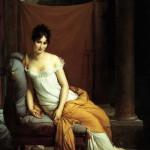 Place, museum or monumentCarnavalet Museum
Place, museum or monumentCarnavalet MuseumIn 1866, after his town planning projects had removed a section of the heart of Paris, Baron Haussmann decided to create a museum dedicated to the history of the capital. It was thus at his instigation that the city of Paris purchased the Carnavalet Hotel, a splendid building constructed in 1548 for Jacques de Ligneris, […]
-
Place, museum or monumentElysée Palace
This palace, which dates back to the 18th century, became in 1805 the official residence of Joachim Murat, the Governor of Paris at the time, and his wife Caroline, Napoleon's sister. Restored by Vignon and Thibault, the palace owes two of its most splendid rooms to these two architects: the “Salon Murat” and the “Salon […]
-
 Place, museum or monumentLittle Malmaison
Place, museum or monumentLittle MalmaisonThe Petit Malmaison (Little Malmaison) is a private and listed historicalmonument, commissioned in 1803 by the Empress Josephine, who desired to have a space on the Malmaison estate reserved for her passion, botany. Initially, she called on the landscape architect Jean-Marie Morel (1728-1810). But he was soon to be replaced by Jean Thomas Thibault(1757-1826) and […]
-
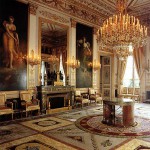 Place, museum or monumentHôtel de Beauharnais
Place, museum or monumentHôtel de BeauharnaisThis private mansion was built by Boffrand in 1714 and bought by Eugène de Beauharnais in 1803. Renovated by Bataille, a neo-Egyptian portico was added on to the front overlooking the yard in 1807 while the interior was lavishly decorated. The Green drawing room on the ground floor is decorated with landscapes by Hubert Robert […]
-
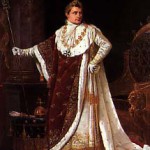 Place, museum or monumentNational Museum of the Légion d’Honneur and the order of knights
Place, museum or monumentNational Museum of the Légion d’Honneur and the order of knightsThe Légion d'honneur was instituted by Bonaparte on 29 Floréal, An X, (19 May, 1802) as a reward for civil and military services and virtues which had “contributed to the defence and prosperity of the country”. Borrowing its name from Roman antiquity, it took as its motto the words “Honour and Homeland”. There are three […]
-
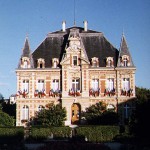 Place, museum or monumentMuseum of the History of Rueil-Malmaison
Place, museum or monumentMuseum of the History of Rueil-MalmaisonThe former town hall of Rueil-Malmaison, built in 1868 by the architects Lebois and Prince in imitation of that in Fontainebleau, is now the present home of a museum (inaugurated in 1982) dedicated entirely to the history of the town. Malmaison old town hall was opened by Napoleon III on 1st September, 1869, and on […]
-
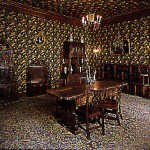 Place, museum or monumentHome of Victor Hugo
Place, museum or monumentHome of Victor HugoIt was in October 1832, that the Hugo family moved into this house in the Place Royale, today the Place des Vosges. The writer lived there until the Revolution of 1848. There he wrote an siginificant part of his oeuvre, namely: Les Chants du Crepuscule, 1835; Les Voix Intérieures, 1837; Ruy Blas, 1838; Les Rayons […]
-
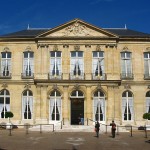 Place, museum or monumentHôtel de Brienne
Place, museum or monumentHôtel de BrienneBuilt in 1724 by Aubry, the hôtel de Brienne was bought in 1802 by Lucien Bonaparte who had it restored. It was Napoleon’s mother’s residence from 1806 to 1814. Its original decoration has been maintained in several rooms such as the Empire drawing-room and Letizia’s boudoir. Among the Empire collections, a few chairs of Marie […]
-
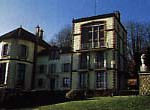 Place, museum or monumentHome of Zola
Place, museum or monumentHome of ZolaIt was at Médan that Zola composed a large portion of Rougon-Macquart, natural and social history of a family under the Second Empire. There he wrote, among others, Nana, Germinal and La Terre (The Earth).Acquired in 1878, thanks to the success of L'Assommoir, the Médan house permitted Zola to associate his name with a geographic […]

